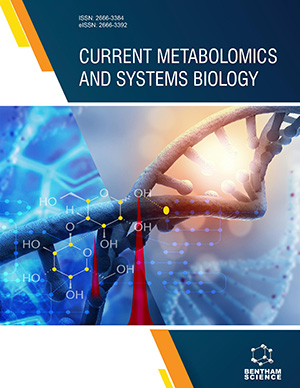Abstract
The conventionally used electrocatalysts for oxygen reduction reaction
(ORR) such as PGM and sulphide based, respectively, have contributed negligible or
zero-emissions towards global warming. However, there is an urgent need to develop
cost-effective, earth-abundant, efficient, non-poisonous and stable electrocatalysts.
Through an exhaustive literature survey, it was observed that graphene derived
materials are a promising candidate for ORR owing to exceptional electronic, physical
and mechanical properties. Furthermore, the surface of graphene derived materials
(GDM) can be modified to get desired physicochemical properties and induce
electrocatalytic activity by adopting various synthesis methods insynthesis and postsynthesis
by insertion of dopants, defect points, surface tuning, making composites,
advanced wrapping structures. In the present chapter, fundamental ORR, graphene
derived electrocatalysts, and the recent progress of ORR are discussed.
Keywords: Adsorption, Alkaline fuel cell, Binding energy, Defect sites, Direct methanol fuel cell, Doping, Electrocatalyst, Electrolytic media, Four-electron mechanism, Graphene, Graphene quantum dots, Metal-air batteries, MOF, Nanocomposites, Onset potential, Oxygen reduction reaction, Pyridine, Pyrrole, Spectroelectrochemical methods, Two-electron mechanism.






















